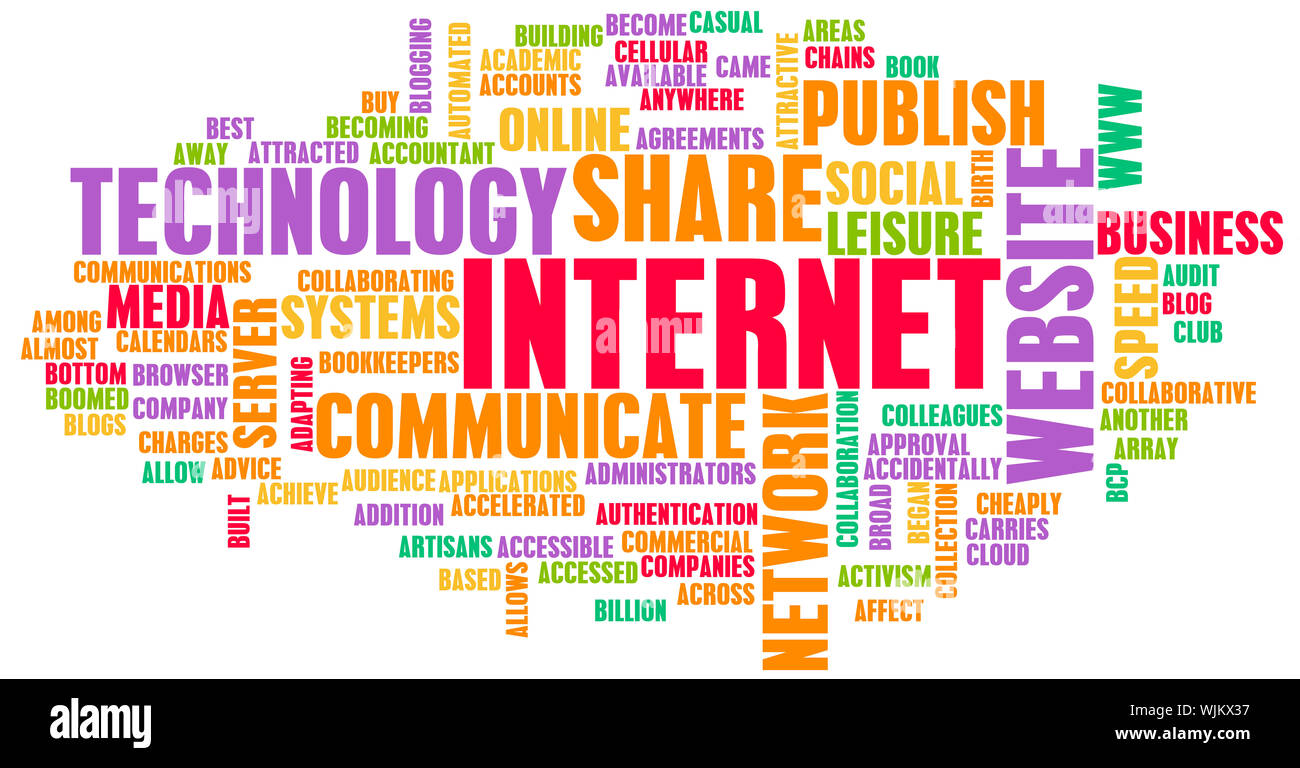
Creating a lexicon for the most important IT items involves listing and defining key terms and concepts in the field of information technology. Here’s a starting point for such a lexicon:
- Algorithm:
- Definition: A step-by-step procedure or formula for solving a problem or accomplishing a task in computing.
- API (Application Programming Interface):
- Definition: A set of protocols and tools for building software applications, allowing them to communicate with each other.
- Blockchain:
- Definition: A decentralized and distributed ledger technology used for secure and transparent record-keeping, often associated with cryptocurrencies.
- Cloud Computing:
- Definition: The delivery of computing services, including storage, processing power, and applications, over the internet.
- Cybersecurity:
- Definition: The practice of protecting systems, networks, and programs from digital attacks, theft, and damage.
- Data Science:
- Definition: An interdisciplinary field that uses scientific methods, processes, algorithms, and systems to extract insights and knowledge from structured and unstructured data.
- Encryption:
- Definition: The process of converting information or data into a code to prevent unauthorized access.
- Firewall:
- Definition: A network security system that monitors and controls incoming and outgoing network traffic based on predetermined security rules.
- HTML (Hypertext Markup Language):
- Definition: The standard markup language for creating web pages and web applications.
- IoT (Internet of Things):
- Definition: The network of interconnected physical devices, vehicles, buildings, and other objects embedded with sensors, software, and network connectivity for collecting and exchanging data.
- Machine Learning:
- Definition: A subset of artificial intelligence that enables systems to learn and improve from experience without being explicitly programmed.
- Open Source:
- Definition: Software with a source code that anyone can inspect, modify, and enhance.
- Programming Language:
- Definition: A formal system designed to communicate instructions to a computer, used to develop software and applications.
- Responsive Design:
- Definition: Web design approach aimed at crafting sites to provide an optimal viewing experience across a wide range of devices.
- Server:
- Definition: A computer or system that manages network resources and provides services to other computers (clients) in the network.
- UI/UX (User Interface/User Experience):
- Definition: UI refers to the visual elements and layout of a software interface, while UX focuses on the overall user experience and usability.
- Virtualization:
- Definition: The process of creating a virtual version of a device or resource, such as a server, storage device, or network.
- Web Development:
- Definition: The process of building and maintaining websites, involving tasks such as web design, content development, and server-side scripting.
- XML (eXtensible Markup Language):
- Definition: A markup language that defines rules for encoding documents in a format that is both human-readable and machine-readable.
- Zero-Day Exploit:
- Definition: An attack that targets a previously unknown vulnerability in a computer application or operating system, often before the vendor has had a chance to fix the flaw.
This lexicon provides a foundation for understanding key terms in the IT industry, but it’s by no means exhaustive, given the continually evolving nature of technology.
